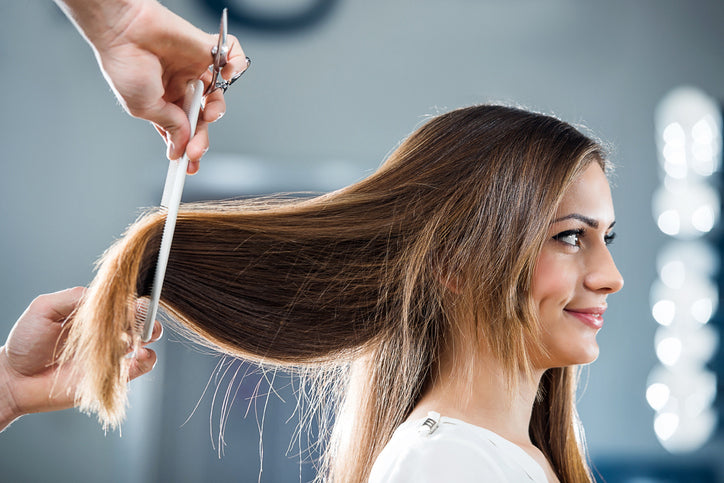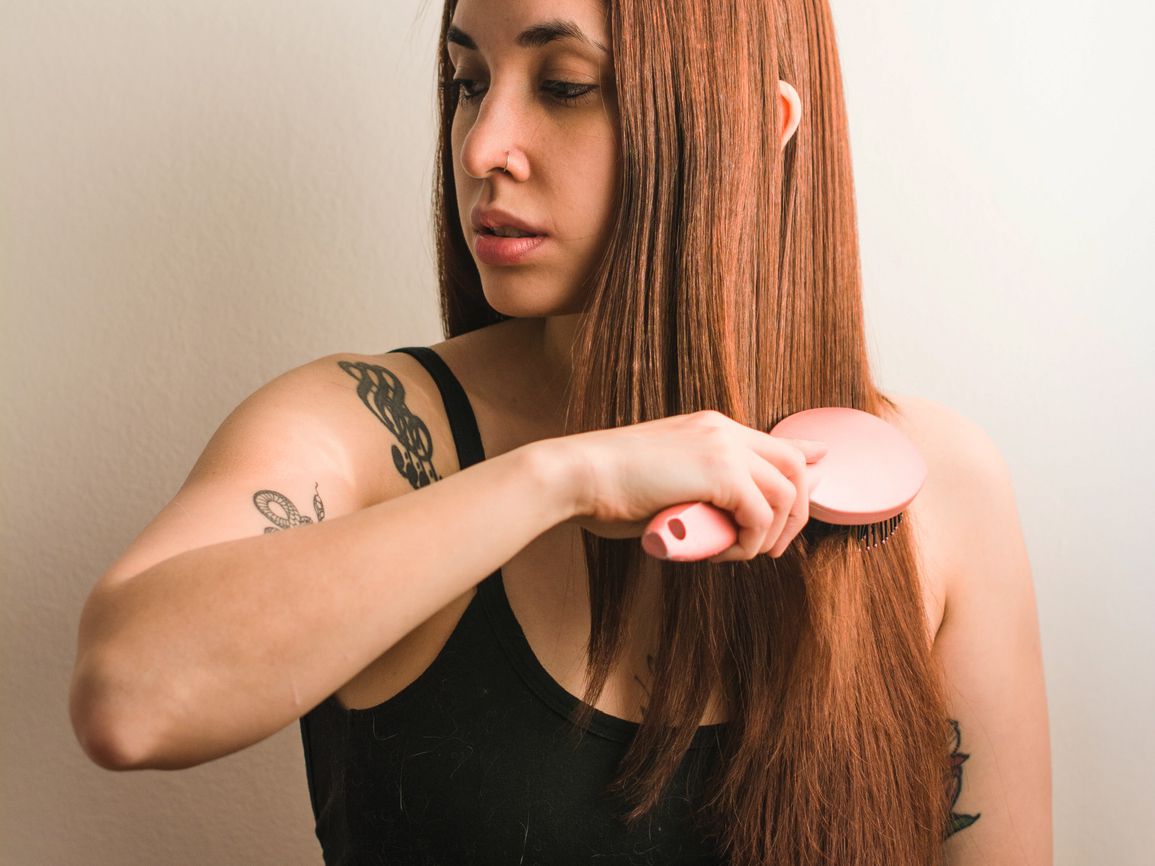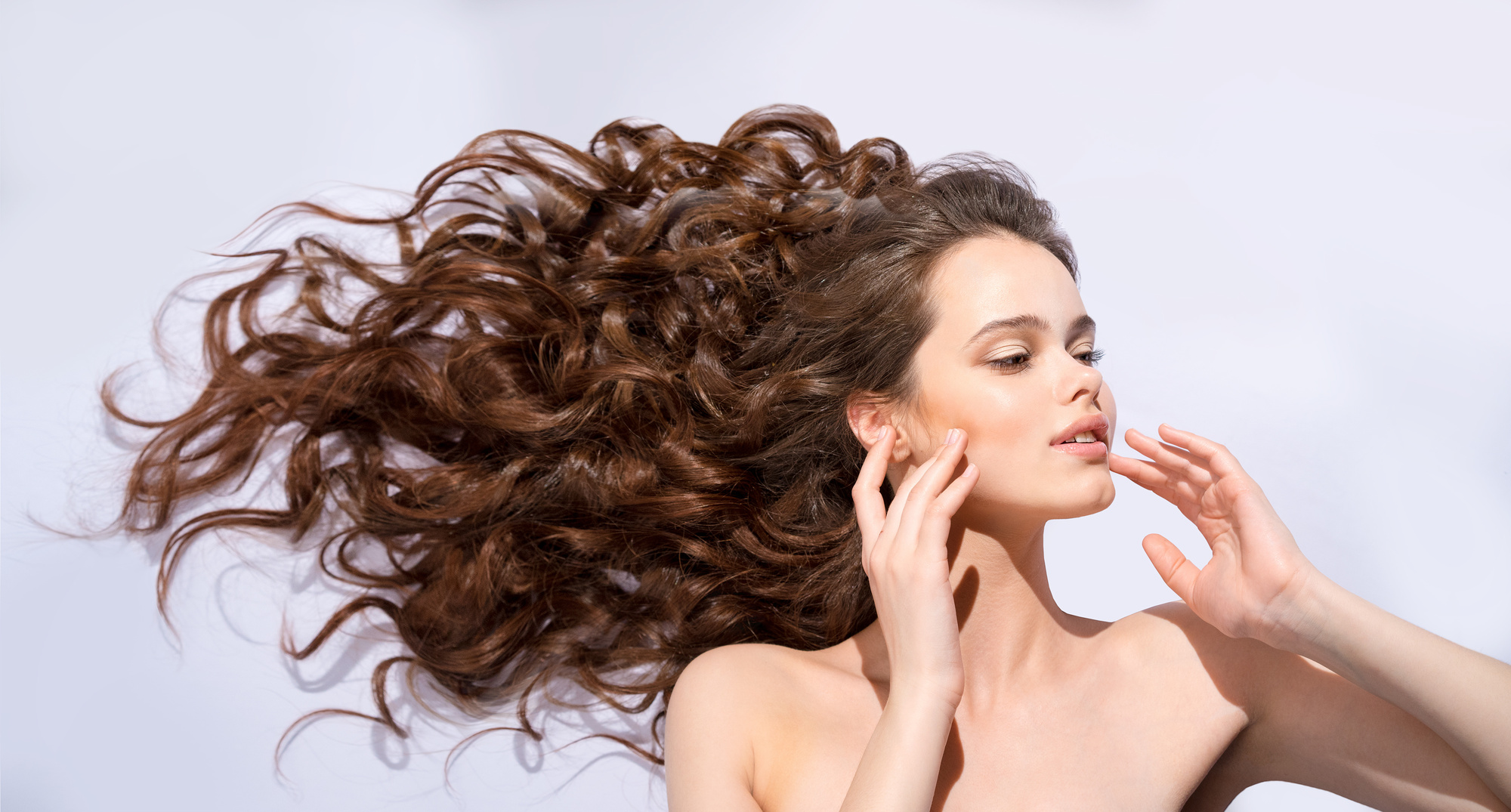A cowlick is one of those naturally occurring quirks that can turn an otherwise perfect hair day into a frustrating challenge. Most people have at least one, and while it’s completely harmless, it often feels like a nuisance, especially when trying to style your hair a certain way. Understanding what causes this spiral of defiance on your scalp can help you learn how to manage it with more ease—and maybe even work with it rather than against it.
What Exactly Is a Cowlick?
A cowlick is a section of hair that grows in a different direction from the surrounding hair. This results in hair standing straight up or swirling in a pattern, refusing to lay flat no matter how much product or brushing is involved. The term “cowlick” dates back to the late 16th century, referencing the swirling pattern a cow’s tongue leaves when it licks its calf’s head. And yes, it looks just like that swirl most commonly found near the crown, hairline, or nape of the neck.
Cowlicks are caused by the hair follicle’s angle. When a follicle is angled in an atypical direction, the hair that grows from it follows suit, often twisting or sticking out. They’re genetic, so if one of your parents has a cowlick, there’s a good chance you will too. Though they can show up anywhere on the scalp, they tend to be most visible in short hairstyles or in straight, fine hair.
Are Cowlicks a Sign of Anything?
There’s nothing wrong or unusual about having a cowlick—it’s simply a part of your hair’s natural growth pattern. However, some stylists and barbers do note that cowlicks can influence hair parting and style decisions. For example, if your cowlick lies in a certain direction, forcing your part against it might create unwanted volume or disruption. Some believe the direction of a cowlick even correlates with whether you’re right-handed or left-handed, though scientific consensus is still up in the air.
The Struggle with Styling a Cowlick
For many, the most irritating part of having a cowlick is how it resists styling. You blow-dry your bangs downward, but they spring back up. You try to slick your hair to one side, but that little tuft just won’t behave. The issue is that cowlicks fight gravity and styling tools by growing outward at an angle different from the rest of your hair.
This struggle can be particularly frustrating in humid weather, when the hair’s natural texture fights back even more. Hairstyles that require sleek precision—like side-swept bangs or polished center parts—often need extra work or compromise if a cowlick is involved.
Smart Techniques for Taming a Cowlick
Fortunately, there are some solid techniques to minimize the appearance of a cowlick or tame it to fit your desired style. The right approach depends on your hair type, style preference, and where the cowlick is located.
-
Wet Styling with Direct Heat
Cowlicks are most pliable when the hair is wet and freshly washed. Use a blow dryer with a concentrator nozzle and a round brush to apply targeted heat while redirecting the hair in the desired direction. Pull the hair taut as you dry it, using the brush to guide it flat. -
Try a Pomade or Styling Wax
Lightweight products like mousses may not be strong enough for persistent cowlicks. Go for pomades, clays, or waxes with a firm hold. Warm a small amount in your palms and apply it directly to the affected area. For thick or wavy hair, stronger hold formulas can be key. -
Use Hair Training Techniques
Hair can adapt over time. Brushing your cowlick in the same direction daily or setting it with clips while wet can train it to lay differently. It may take weeks of consistency, but many people see progress in how their hair behaves over time. -
Change Your Part
Sometimes, the most effective solution is to go with the grain rather than against it. If your cowlick resists your go-to part, consider flipping it to the other side. It could not only tame the unruliness but also give your style a fresh new look. -
Opt for Textured Hairstyles
Blunt, sleek styles can emphasize cowlicks, while layered or textured cuts help blend them in. Talk to your hairstylist about incorporating more movement or messiness in your haircut—it hides cowlicks well and requires less styling precision. -
Shorter Cuts May Help
In some cases, keeping the cowlick area short enough to not be a problem is the easiest fix. For example, in men’s grooming, fading or tapering around a cowlick-prone crown can minimize the visual disruption. However, this approach isn’t ideal if you’re aiming for longer hairstyles. -
Consult with a Stylist
Stylists often have experience working with various hair growth patterns and can recommend a cut that accommodates your cowlick. Some professionals may even offer advanced treatments like keratin smoothing to reduce resistance in the cowlick area.
Product Picks for Cowlick Control
While no single product works for everyone, a few styling staples are consistently recommended for taming cowlicks. Lightweight gels with flexible hold are great for bangs or hairlines. Strong waxes are ideal for taming crown swirls. And finishing sprays can lock your style in place without making hair crunchy.
Before committing to a new product, patch test and try different consistencies. What works on fine, straight hair might not suit thick curls. The goal is to find balance—enough hold to tame the cowlick without weighing your hair down.
How to Embrace It
Sometimes the most effective method is acceptance. A cowlick can add character to your look. Celebrities like Al Pacino, Kristen Stewart, and Colin Farrell have all styled around theirs rather than hiding them. Instead of constantly fighting your hair, consider incorporating your cowlick into your overall style.
If you’re dealing with particularly stubborn strands and looking for a long-term solution, professional styling services may help. Some people also opt for treatments like hair relaxing or low-dose chemical smoothing to reduce wave or lift. It’s worth doing your research and speaking to a licensed expert before deciding.
In styling circles, many agree that a cowlick doesn’t need to dominate your style choices. With the right tricks, products, and haircut, you can redirect or disguise it. For those looking for further assistance, how to tame stubborn hair strands becomes a helpful reference point.
A cowlick may never fully disappear, but it doesn’t have to be your styling enemy. It’s just another piece of your hair’s personality—and one that, with time and technique, you can manage on your own terms.





